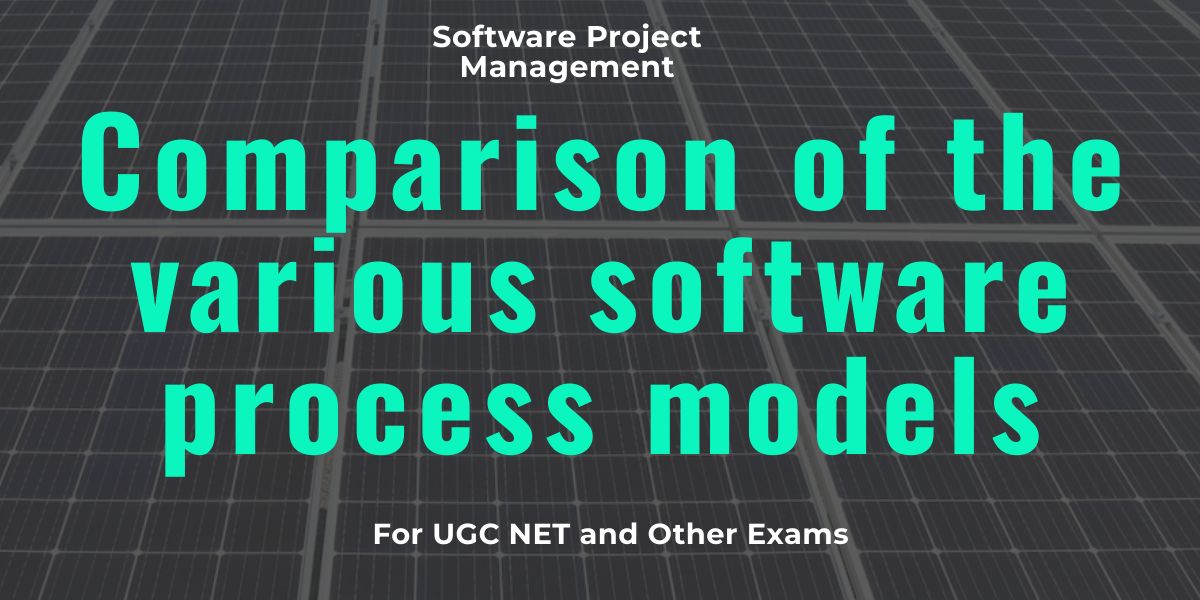
Comparison of the various software process models
Here’s a comparison of the various software process models discussed above, highlighting their key characteristics, advantages, disadvantages, and suitability for different types of projects:
1. Waterfall Model
- Key Characteristics:
- Linear and sequential process where each phase is completed before moving to the next.
- Clearly defined and rigid structure.
- Each phase depends on the outcome of the previous one (e.g., no design without requirements).
- Advantages:
- Simple and easy to manage.
- Well-defined stages make it easy to understand and execute.
- Works well for projects with well-defined requirements.
- Disadvantages:
- Inflexible to changes after the project starts (hard to go back once a phase is complete).
- Not ideal for complex projects where requirements are likely to evolve.
- Late testing (in the verification phase) makes it harder to identify issues early.
- Best For:
- Projects with clearly defined, unchanging requirements (e.g., small projects or well-understood systems).
2. V-Model (Verification and Validation)
- Key Characteristics:
- Like Waterfall, but with a focus on verification and validation, where each development phase corresponds to a testing phase.
- Development and testing are carried out simultaneously to ensure that quality is checked at every step.
- Advantages:
- Early validation and verification improve quality.
- Clear structure similar to Waterfall but with more focus on testing.
- Can catch defects earlier in the development cycle compared to the Waterfall model.
- Disadvantages:
- Like Waterfall, it’s rigid and doesn’t easily accommodate changes.
- High upfront planning is required, which may not work well for evolving requirements.
- Best For:
- Projects where testing is critical and the requirements are well-understood (e.g., safety-critical systems like medical devices or aerospace).
3. Incremental Model
- Key Characteristics:
- The project is divided into smaller, manageable components (increments) that are developed and tested in parallel or over several cycles.
- Each increment delivers part of the functionality, and over time, the software system is completed.
- Advantages:
- Early partial deployment: You can release a functional part of the system early to get feedback.
- Flexible and allows for changes between increments.
- Easier to manage risk, as each increment is developed separately.
- Faster time-to-market since increments can be delivered sooner.
- Disadvantages:
- Increments may need careful integration to avoid conflicts.
- Can lead to feature creep if the scope of increments is not carefully managed.
- Requires frequent testing after each increment.
- Best For:
- Projects where the full scope is known, but a flexible, iterative approach is needed (e.g., product development, large systems, or when stakeholder feedback is necessary).
4. Spiral Model
- Key Characteristics:
- Risk-driven and involves iterative development with a focus on risk analysis at every cycle.
- The project is developed in spirals, where each iteration focuses on planning, risk analysis, development, and testing.
- Each iteration produces a refined version of the software, with continuous feedback.
- Advantages:
- Strong focus on risk management.
- Iterative development allows for frequent updates and better stakeholder feedback.
- Flexible and suitable for large, complex projects where risks need to be carefully managed.
- Disadvantages:
- Can be complex and difficult to manage without experienced teams.
- May become costly due to frequent risk assessments and iteration planning.
- Requires extensive documentation and stakeholder involvement.
- Best For:
- Large, complex projects with high risks and uncertain requirements (e.g., enterprise systems, software for large organizations, or research-driven projects).
5. Agile Model
- Key Characteristics:
- Focuses on iterative and incremental development in short time-boxed cycles called sprints.
- Emphasizes flexibility, customer collaboration, and responsiveness to change.
- Continuous feedback is incorporated, and requirements can evolve during the project.
- Advantages:
- Highly flexible: Can easily adapt to changing requirements.
- Faster delivery: Frequent releases of working software in short cycles.
- Customer-focused: Customers or stakeholders can see and provide feedback on functionality after each sprint.
- Encourages collaboration among the development team and stakeholders.
- Disadvantages:
- Requires strong communication and collaboration, which can be challenging in distributed teams.
- Scope creep can occur if the product owner doesn’t strictly manage requirements.
- Works best with a stable, collaborative team but can be difficult to manage if the team lacks experience.
- Best For:
- Dynamic projects with evolving or unclear requirements (e.g., web development, startups, mobile apps, or fast-paced product development).
6. DevOps Model
- Key Characteristics:
- Focuses on continuous integration (CI) and continuous deployment (CD), integrating development and operations teams for faster delivery.
- Promotes automation of testing, building, and deployment, allowing for more frequent and reliable releases.
- Emphasizes collaboration between development and IT operations teams to maintain operational software.
- Advantages:
- Faster delivery and deployment cycles.
- Improved collaboration between developers and operations, reducing silos.
- Continuous feedback ensures the system is always optimized for performance and usability.
- Promotes high levels of automation and testing.
- Disadvantages:
- Can be complex and requires the use of advanced automation tools.
- The shift to DevOps may require significant organizational change and cultural transformation.
- Not suitable for teams that are not ready to embrace automation and continuous integration practices.
- Best For:
- Projects that require rapid delivery with high-quality standards, especially in environments where new features are frequently released or need to be updated regularly (e.g., cloud-based apps, e-commerce platforms).
Comparison Summary
| Model | Flexibility | Speed of Delivery | Risk Management | Ideal for | Disadvantages |
|---|---|---|---|---|---|
| Waterfall | Low | Slow | Low | Well-defined, stable projects (e.g., small systems) | Inflexible, high cost of change |
| V-Model | Low | Slow | Moderate | Safety-critical systems (e.g., medical software) | Rigid, high upfront planning |
| Incremental | Moderate | Faster (in increments) | Moderate | Projects needing early release (e.g., products with evolving features) | Integration challenges, scope creep |
| Spiral | High | Moderate | High | Large, complex, high-risk projects (e.g., enterprise systems) | Expensive, complex, lengthy process |
| Agile | Very High | Fast | Low | Dynamic environments with evolving requirements (e.g., startups, apps) | Requires experience, scope creep |
| DevOps | Very High | Very Fast | High | Continuous delivery projects (e.g., cloud-based services) | Complex implementation, requires automation |
Conclusion:
- Waterfall and V-Model are suitable for projects with stable, well-defined requirements, where changes are minimal.
- Incremental, Spiral, and Agile offer greater flexibility, suitable for projects where requirements are evolving or uncertain.
- DevOps is the most modern approach, ideal for projects requiring frequent, reliable updates, with a focus on collaboration and automation.

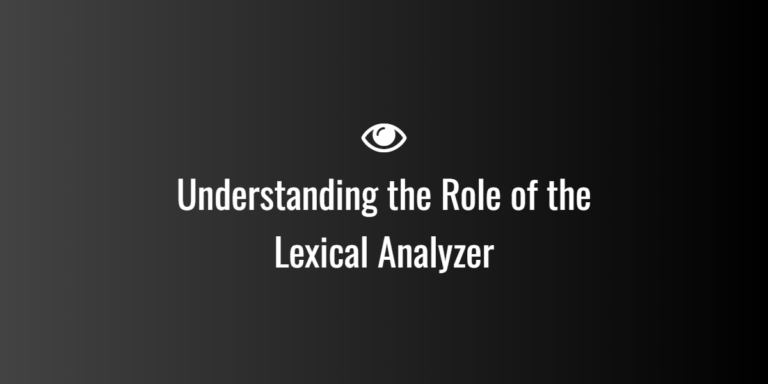
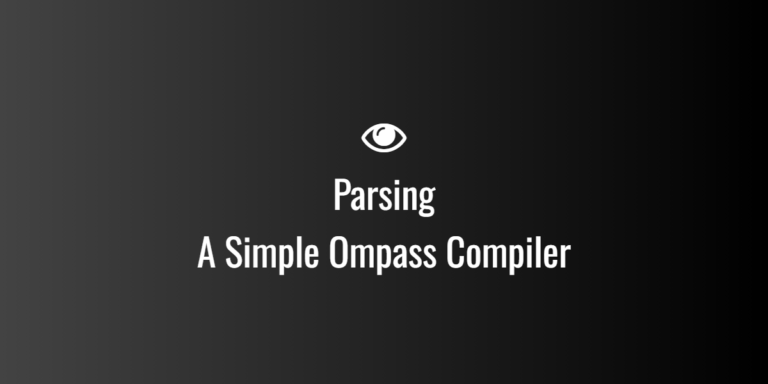
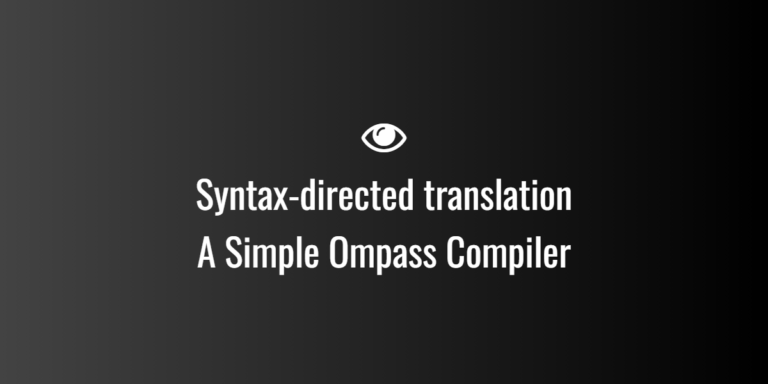
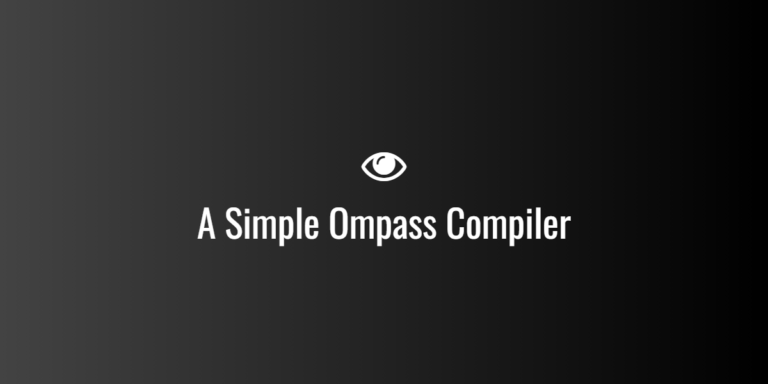
Awsome website! I am loving it!! Will be back later to read some more. I am bookmarking your feeds also.
Thanks a lot for providing individuals with an extremely nice chance to read articles and blog posts from here. It really is so lovely plus full of amusement for me and my office colleagues to search the blog a minimum of three times weekly to read through the newest guidance you have. Of course, I’m also usually fulfilled with your fabulous tips and hints you give. Selected 3 areas on this page are unquestionably the most suitable we have all ever had.
I was suggested this web site by my cousin. I am not sure whether this post is written by him as nobody else know such detailed about my problem. You’re amazing! Thanks!
you are in point of fact a just right webmaster. The website loading speed is incredible. It seems that you’re doing any distinctive trick. Moreover, The contents are masterpiece. you’ve performed a wonderful task in this subject!
One thing I would like to say is always that car insurance cancellation is a horrible experience and if you’re doing the suitable things being a driver you simply will not get one. Lots of people do are sent the notice that they are officially dumped by the insurance company and several have to fight to get extra insurance after having a cancellation. Low-priced auto insurance rates are often hard to get after a cancellation. Understanding the main reasons concerning the auto insurance termination can help car owners prevent completely losing in one of the most vital privileges available. Thanks for the ideas shared through your blog.
I have come across that now, more and more people are increasingly being attracted to cams and the field of photography. However, to be a photographer, you will need to first devote so much time period deciding which model of camera to buy and moving via store to store just so you might buy the most affordable camera of the brand you have decided to select. But it doesn’t end now there. You also have to take into account whether you should purchase a digital dslr camera extended warranty. Thanks for the good points I received from your web site.
Hey would you mind sharing which blog platform you’re working with? I’m planning to start my own blog soon but I’m having a hard time making a decision between BlogEngine/Wordpress/B2evolution and Drupal. The reason I ask is because your design seems different then most blogs and I’m looking for something unique. P.S Apologies for getting off-topic but I had to ask!
In the great scheme of things you get a B- just for hard work. Where you actually confused me personally was on all the details. As as the maxim goes, details make or break the argument.. And that couldn’t be more accurate in this article. Having said that, permit me reveal to you exactly what did do the job. Your text can be extremely powerful and that is possibly the reason why I am taking the effort in order to comment. I do not make it a regular habit of doing that. Second, whilst I can see the jumps in reason you come up with, I am not confident of exactly how you appear to unite your ideas which help to make the actual conclusion. For right now I will subscribe to your issue however wish in the near future you actually connect your dots much better.
You helped me a lot with this post. http://www.kayswell.com I love the subject and I hope you continue to write excellent articles like this.